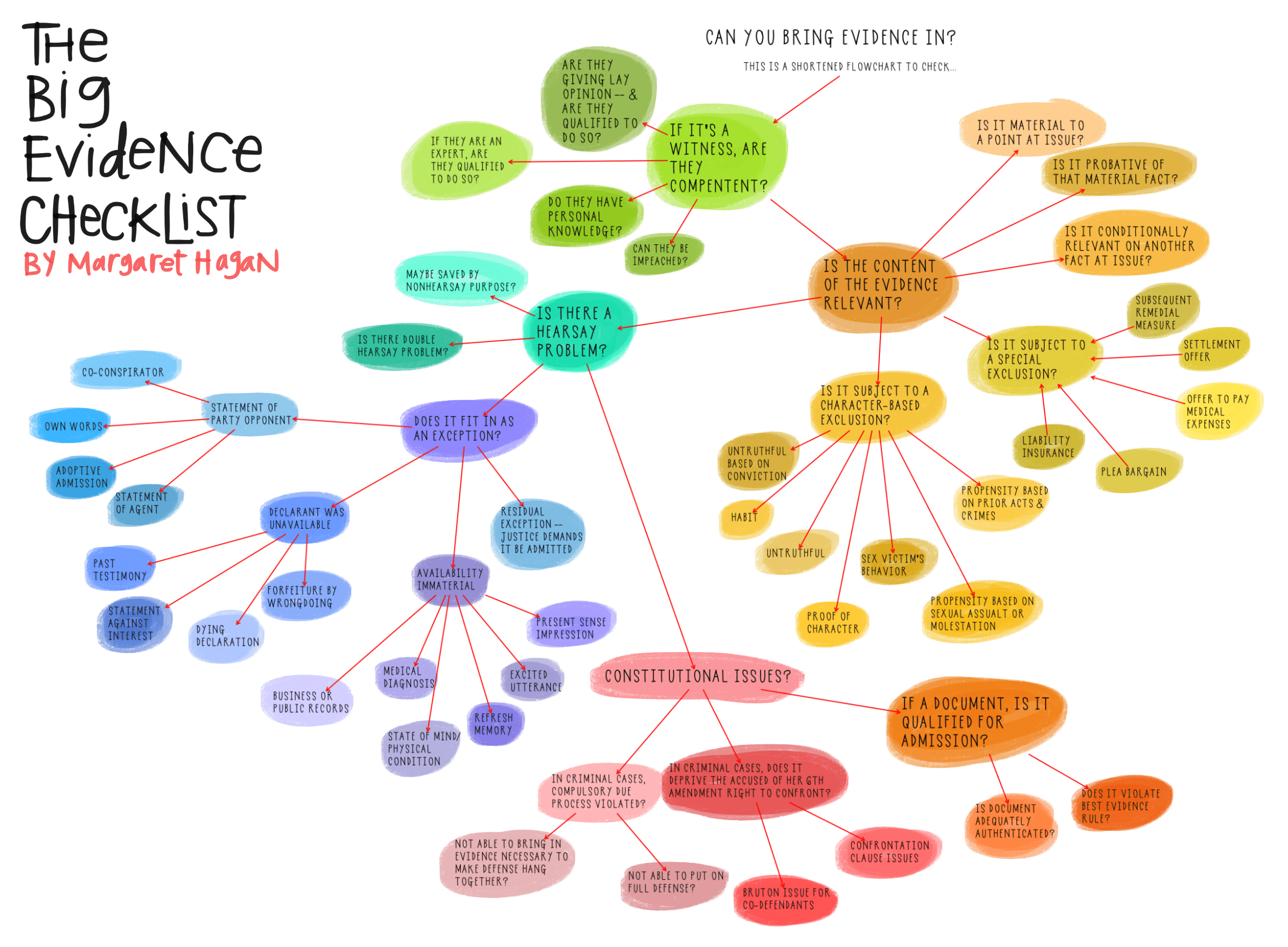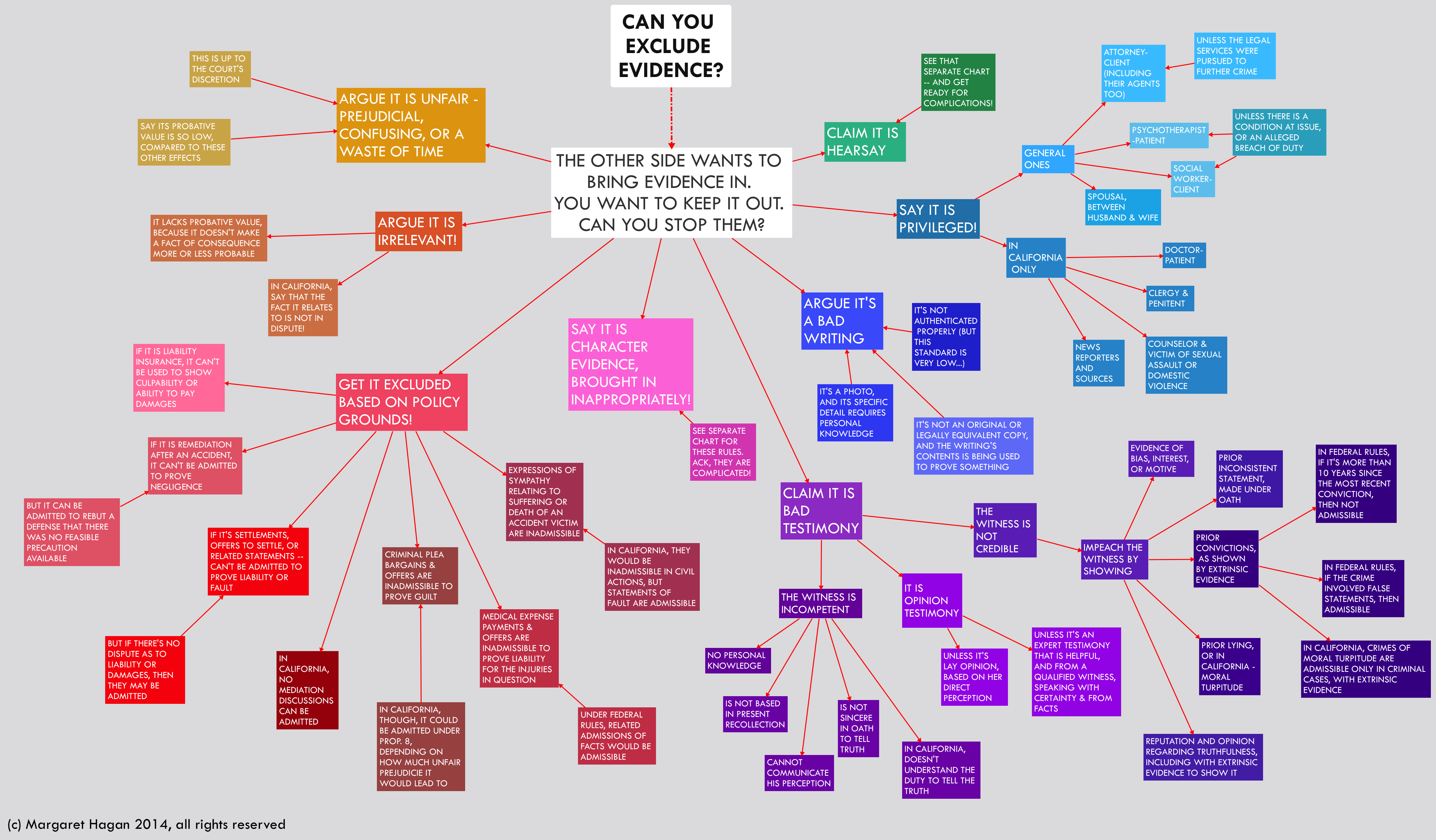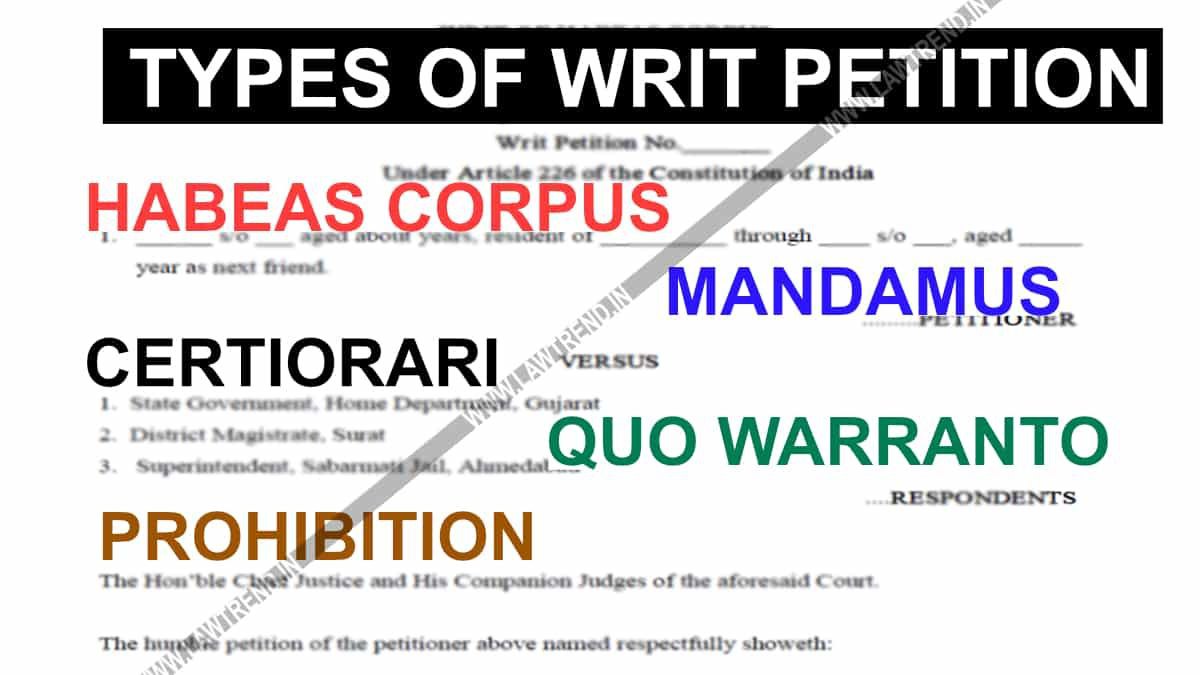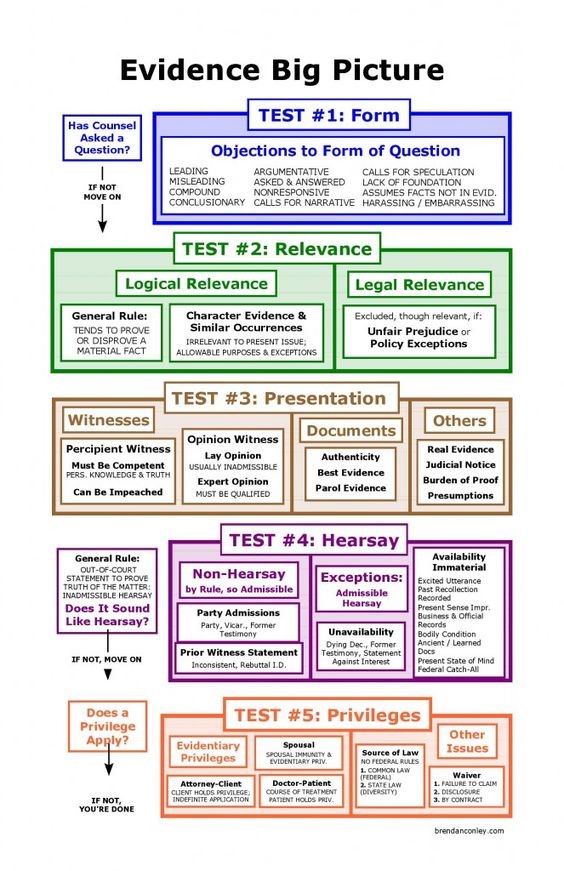WRITS and WRIT Types in the United States
The Supreme Court (under Article 32) and the high courts (under Article 226) can issue the writs.
INTRODUCTION
When we got independence, our forefathers gave us some rights and provided us with some rules and regulations with common consensus in the name of the constitution. The objective was to create a superstructure that could govern the nation by installing the rights in the hands of people and whenever there is a threat to human rights, the constitution will safeguard the innocent.
In our Constitution, fundamental rights hold extraordinary significance as they guarantee basic civic liberties for the citizens. Notwithstanding, note that these rights will lose all their importance if a wronged individual doesn’t have any component to move toward the court for infringement of his basic rights. Subsequently, keeping in see this need, the forefathers of our Constitution give us the “right to constitutional remedy” under Articles 32 and 226 of the constitution. We can move toward the court for the issuance of a specific writ for the insurance of our privileges. In this article, we will investigate the importance of Articles 32 and 226. We will likewise dive profound into the significance and sort of writs that can be given by our hon’ble courts.
Presently the inquiry emerges that what is a writ? The significance of the word ‘Writs’ signifies order recorded as a hard copy for the sake of the Court. It is an authoritative record given by the court that arranges an individual or element to play out a particular demonstration or to stop playing out a particular activity or deed. Orders, warrants, bearings, summons, and so forth are all basically writs. A writ appeal is an application recorded under the watchful eye of the skilled Court mentioning it to give a particular writ.
There are five kinds of writ – habeas corpus, mandamus, quo-warranto, prohibition, and certiorari.
Who can file a writ petition? A writ request can be documented by any individual whose Fundamental Rights have been encroached by the State. Under a Public Interest Litigation, any open energetic individual may document a writ request in light of a legitimate concern for the overall population regardless of whether his own Fundamental Right has not encroached.
Where can a writ petition be filed? Under Article 32, a writ appeal can be documented in the Supreme Court. The Supreme Court can give a writ in particular if the candidate can demonstrate that his Fundamental Right has encroached. Under Article 226, a writ appeal can be documented under the steady gaze of any High Court inside whose purview the reason for activity emerges, either entirely or to some extent.
TYPES OF WRIT
- HABEAS CORPUS.
It is a real sense signifies “to have a body of”. This writ is utilized to deliver an individual who has been unlawfully confined or detained. By ideals of this writ, the Court coordinates the individual so confined to be brought before it to analyze the legitimateness of his detainment. Assuming the Court reasons that the detainment was unlawful, it guides the individual to be delivered right away.
Conditions of unlawful detention are: The confinement was not done as per the method set down. For example, the individual was not created before a Magistrate within 24 hours of his arrest. The individual was captured when he didn’t abuse any law. A capture was made under a law that is illegal.
This writ guarantees a quick legal audit of the supposed unlawful detainment of the detainee and prompt assurance of his entitlement to opportunity.
In the case of Sunil Batra v. Delhi Administration[1], an application was made to the Supreme Court through a letter composed by a co-convict on the abuse of the detainees. This letter was taken up by the Supreme Court and it gave the writ of habeas corpus expressing that this writ can not exclusively be utilized against illicit capture of the detainee yet additionally for his insurance against any abuse or cruel conduct by the keeping specialists.
In the case of Bhim Singh v State of J and K, Bhim Singh[2], a MLA of State of J and K was improperly captured and confined in the police headquarters and was kept from going to the State Legislative Assembly. The Court granted an amount of Rs.50,000 to the applicant as pay for the infringement of his Constitutional right of individual freedom under Art. 21.
- MANDAMUS
A writ of mandamus, which in Latin signifies “we order, or once in a while “we command”, is the name of this right writ in the common law. It is given by a better court than force a lower court or an administration official to perform obligatory or absolutely ecclesiastical obligations accurately.
Mandamus is an order by the Supreme Court or High Courts to any open power to do or not to accomplish something in the idea of public obligation. It is given against the people or specialists who neglect to play out their compulsory obligations. For the motivation behind giving writ of mandamus, the official should have a pubic obligation and should neglect to perform such obligation. The candidate of this writ should likewise have the option to constrain the presence of some obligation cast upon the power.
In the case of Barada Kanta Adhikary v. The State of West Bengal[3], it was held that the writ of mandamus doesn’t lie against a private individual or private association since they are not dependent on a public obligation.
- QUO-WARRANTO
It signifies ‘what is your authority?’ It is an Order scrutinizing the authority of an individual holding a public office. It is given against the holder of a public office calling upon him to show with what authority he holds such office. The object of this writ is to control the leader’s activity in making arrangements to the public workplaces and furthermore to shield general society from usurpers of public workplaces.
In the case of Jamalpur Arya Samaj Sabha v Dr. D. Smash,[4] the individual from the Working Committee of the Bihar Arya Samaj Sabha held the workplace for more than the recommended residency. The High Court would not issue the Writ of Quo Warranto on the ground that it was a private affiliation.
In the case of K.Bhima Raju v State of Andhra Pradesh[5], the Government pleader was named contrary to the principles. The solicitor documented a writ of Quo Warranto. The High Court suppressed the arrangement of Government Pleader on the ground that the arrangement was not made as per rules.
- PROHIBITION
It signifies ‘to prevent. Each Court is relied upon to act inside the restrictions of their purview. A writ of preclusion is given to keep a substandard Court or Tribunal from surpassing its locale, which isn’t legitimately vested, or acting without a ward or acting contrary to the standards of common equity. The writ of Prohibition can be given against the Courts as well as against the specialists practicing legal or semi-legal capacities.
When can a Writ of Prohibition be granted? When the inferior Court or quasi-judicial authority exceeds its jurisdiction. When the inferior Court acts without lawful jurisdiction. When the inferior Court or quasi-judicial authority acts against the rule of natural justice. When there is an apparent error on the face of the judicial record.
When is the Writ of Prohibition not issued? At the point when the Court acts inside its legitimate ward. At the point when the Court notices standards of normal equity.
- CERTIORARI
It intends ‘to certify’. Certiorari is a curative writ. It is an Order by the Supreme Court or the High Courts to a substandard Court to eliminate a suit from such second rate Court and mediate upon the legitimacy of the procedures or to suppress the Orders of the sub-par Court. Writ of Certiorari can be given against any second rate Courts as well as against a body practicing legal or semi-legal capacities. This writ is given under the administrative or unique ward and not under the redrafting purview. Any individual whose central right is abused can apply for a Writ of Certiorari.
When a writ of Certiorari can’t be allowed? To eliminate pastoral demonstrations. To eliminate or drop leader acts. To pronounce an Act as unlawful or void.
In the case of Rafiq Khan v State of UP[6], the Magistrate kept up the conviction of the charge as passed by a Panchayat Adalat which is no1 approved under Section 85 of the U. P. Panchayat Raj Act, 1947. Henceforth, the High Court subdued the conviction by a writ of certiorari.
CONCLUSION
The privilege to protected cure is a piece of our fundamental construction and it can never be repealed. Our Constitution has conceded the preeminent ability to give the writ to the Supreme Court and the High court according to Articles 32 and 226 individually.
Author’s Name: Harshita Swami (Guwahati University)
[1] (1978) 4 SCC 409
[2] AIR 1986 SC 494
[3] AIR 1963 Cal 161
[4] AIR 1954 Pat. 297
[5] AIR 1981 AP 24
[6] AIR 1954 All 3
To Learn More…. Read MORE Below and click the links Below
Abuse & Neglect – The Mandated Reporters (Police, D.A & Medical & the Bad Actors)
Mandated Reporter Laws – Nurses, District Attorney’s, and Police should listen up
If You Would Like to Learn More About: The California Mandated Reporting LawClick Here
To Read the Penal Code § 11164-11166 – Child Abuse or Neglect Reporting Act – California Penal Code 11164-11166Article 2.5. (CANRA) Click Here
Mandated Reporter formMandated ReporterFORM SS 8572.pdf – The Child Abuse
ALL POLICE CHIEFS, SHERIFFS AND COUNTY WELFARE DEPARTMENTS INFO BULLETIN:
Click Here Officers and DA’s for (Procedure to Follow)
It Only Takes a Minute to Make a Difference in the Life of a Child learn more below
You can learn more here California Child Abuse and Neglect Reporting Law its a PDF file
Learn More About True Threats Here below….
We also have the The Brandenburg v. Ohio (1969) – 1st Amendment
CURRENT TEST = We also have the The ‘Brandenburg test’ for incitement to violence – 1st Amendment
We also have the The Incitement to Imminent Lawless Action Test– 1st Amendment
We also have the True Threats – Virginia v. Black is most comprehensive Supreme Court definition – 1st Amendment
We also have the Watts v. United States – True Threat Test – 1st Amendment
We also have the Clear and Present Danger Test – 1st Amendment
We also have the Gravity of the Evil Test – 1st Amendment
We also have the Elonis v. United States (2015) – Threats – 1st Amendment
Learn More About What is Obscene…. be careful about education it may enlighten you
We also have the Miller v. California – 3 Prong Obscenity Test (Miller Test) – 1st Amendment
We also have the Obscenity and Pornography – 1st Amendment
Learn More About Police, The Government Officials and You….
$$ Retaliatory Arrests and Prosecution $$
Anti-SLAPP Law in California
Freedom of Assembly – Peaceful Assembly – 1st Amendment Right
We also have the Brayshaw v. City of Tallahassee – 1st Amendment – Posting Police Address
We also have the Publius v. Boyer-Vine –1st Amendment – Posting Police Address
We also have the Lozman v. City of Riviera Beach, Florida (2018) – 1st Amendment – Retaliatory Police Arrests
We also have the Nieves v. Bartlett (2019) – 1st Amendment – Retaliatory Police Arrests
We also have the Hartman v. Moore (2006) – 1st Amendment – Retaliatory Police Arrests
Retaliatory Prosecution Claims Against Government Officials – 1st Amendment
We also have the Reichle v. Howards (2012) – 1st Amendment – Retaliatory Police Arrests
Retaliatory Prosecution Claims Against Government Officials – 1st Amendment
Freedom of the Press – Flyers, Newspaper, Leaflets, Peaceful Assembly – 1$t Amendment – Learn More Here
Vermont’s Top Court Weighs: Are KKK Fliers – 1st Amendment Protected Speech
We also have the Insulting letters to politician’s home are constitutionally protected, unless they are ‘true threats’ – Letters to Politicians Homes – 1st Amendment
We also have the First Amendment Encyclopedia very comprehensive – 1st Amendment
Dwayne Furlow v. Jon Belmar – Police Warrant – Immunity Fail – 4th, 5th, & 14th Amendment
ARE PEOPLE LYING ON YOU? CAN YOU PROVE IT? IF YES…. THEN YOU ARE IN LUCK!
Penal Code 118 PC – California Penalty of “Perjury” Law
Federal Perjury – Definition by Law
Penal Code 132 PC – Offering False Evidence
Penal Code 134 PC – Preparing False Evidence
Penal Code 118.1 PC – Police Officer$ Filing False Report$
Spencer v. Peters– Police Fabrication of Evidence – 14th Amendment
Penal Code 148.5 PC – Making a False Police Report in California
Penal Code 115 PC – Filing a False Document in California
Sanctions and Attorney Fee Recovery for Bad Actors
FAM § 3027.1 – Attorney’s Fees and Sanctions For False Child Abuse Allegations – Family Code 3027.1 – Click Here
FAM § 271 – Awarding Attorney Fees– Family Code 271 Family Court Sanction Click Here
Awarding Discovery Based Sanctions in Family Law Cases – Click Here
FAM § 2030 – Bringing Fairness & Fee Recovery – Click Here
Zamos v. Stroud – District Attorney Liable for Bad Faith Action – Click Here
Malicious Use of Vexatious Litigant – Vexatious Litigant Order Reversed
Mi$Conduct – Pro$ecutorial Mi$Conduct
Prosecutor$
Attorney Rule$ of Engagement – Government (A.K.A. THE PRO$UCTOR) and Public/Private Attorney
What is a Fiduciary Duty; Breach of Fiduciary Duty
The Attorney’s Sworn Oath
Malicious Prosecution / Prosecutorial Misconduct – Know What it is!
New Supreme Court Ruling – makes it easier to sue police
Possible courses of action Prosecutorial Misconduct
Misconduct by Judges & Prosecutor – Rules of Professional Conduct
Functions and Duties of the Prosecutor – Prosecution Conduct
Standards on Prosecutorial Investigations – Prosecutorial Investigations
Information On Prosecutorial Discretion
Why Judges, District Attorneys or Attorneys Must Sometimes Recuse Themselves
Fighting Discovery Abuse in Litigation – Forensic & Investigative Accounting – Click Here
Criminal Motions § 1:9 – Motion for Recusal of Prosecutor
Pen. Code, § 1424 – Recusal of Prosecutor
Removing Corrupt Judges, Prosecutors, Jurors and other Individuals & Fake Evidence from Your Case
National District Attorneys Association puts out its standards
National Prosecution Standards – NDD can be found here
The Ethical Obligations of Prosecutors in Cases Involving Postconviction Claims of Innocence
ABA – Functions and Duties of the Prosecutor – Prosecution Conduct
Prosecutor’s Duty Duty to Disclose Exculpatory Evidence Fordham Law Review PDF
Chapter 14 Disclosure of Exculpatory and Impeachment Information PDF
Mi$Conduct – Judicial Mi$Conduct
Judge$
Prosecution Of Judges For Corrupt Practice$
Code of Conduct for United States Judge$
Disqualification of a Judge for Prejudice
Judicial Immunity from Civil and Criminal Liability
Recusal of Judge – CCP § 170.1 – Removal a Judge – How to Remove a Judge
l292 Disqualification of Judicial Officer – C.C.P. 170.6 Form
How to File a Complaint Against a Judge in California?
Commission on Judicial Performance – Judge Complaint Online Form
Why Judges, District Attorneys or Attorneys Must Sometimes Recuse Themselves
Removing Corrupt Judges, Prosecutors, Jurors and other Individuals & Fake Evidence from Your Case
Obstruction of Justice and Abuse of Process
What Is Considered Obstruction of Justice in California?
Penal Code 135 PC – Destroying or Concealing Evidence
Penal Code 141 PC – Planting or Tampering with Evidence in California
Penal Code 142 PC – Peace Officer Refusing to Arrest or Receive Person Charged with Criminal Offense
Penal Code 182 PC – “Criminal Conspiracy” Laws & Penalties
Penal Code 664 PC – “Attempted Crimes” in California
Penal Code 32 PC – Accessory After the Fact
Penal Code 31 PC – Aiding and Abetting Laws
What is Abuse of Process? When the Government Fails Us
What’s the Difference between Abuse of Process, Malicious Prosecution and False Arrest?
Defeating Extortion and Abuse of Process in All Their Ugly Disguises
The Use and Abuse of Power by Prosecutors (Justice for All)
DUE PROCESS READS>>>>>>
Due Process vs Substantive Due Process learn more HERE
Understanding Due Process – This clause caused over 200 overturns in just DNA alone Click Here
Mathews v. Eldridge – Due Process – 5th & 14th Amendment Mathews Test – 3 Part Test– Amdt5.4.5.4.2 Mathews Test
“Unfriending” Evidence – 5th Amendment
At the Intersection of Technology and Law
We also have the Introducing TEXT & EMAIL Digital Evidence in California Courts – 1st Amendment
so if you are interested in learning about Introducing Digital Evidence in California State Courts
click here for SCOTUS rulings
Misconduct by Government Know Your Rights Click Here (must read!)
Under 42 U.S.C. $ection 1983 – Recoverable Damage$
42 U.S. Code § 1983 – Civil Action for Deprivation of Right$
18 U.S. Code § 242 – Deprivation of Right$ Under Color of Law
18 U.S. Code § 241 – Conspiracy against Right$
Section 1983 Lawsuit – How to Bring a Civil Rights Claim
Suing for Misconduct – Know More of Your Right$
Police Misconduct in California – How to Bring a Lawsuit
How to File a complaint of Police Misconduct? (Tort Claim Forms here as well)
Deprivation of Rights – Under Color of the Law
What is Sua Sponte and How is it Used in a California Court?
Removing Corrupt Judges, Prosecutors, Jurors
and other Individuals & Fake Evidence from Your Case
Anti-SLAPP Law in California
Freedom of Assembly – Peaceful Assembly – 1st Amendment Right
How to Recover “Punitive Damages” in a California Personal Injury Case
Pro Se Forms and Forms Information(Tort Claim Forms here as well)
What is Tort?
Tort Claims Form File Government Claim for Eligible Compensation
Complete and submit the Government Claim Form, including the required $25 filing fee or Fee Waiver Request, and supporting documents, to the GCP.
See Information Guides and Resources below for more information.
Tort Claims – Claim for Damage, Injury, or Death
Federal – Federal SF-95 Tort Claim Form Tort Claim online here or download it here or here from us
California – California Tort Claims Act – California Tort Claim Form Here or here from us
Complaint for Violation of Civil Rights (Non-Prisoner Complaint) and also UNITED STATES DISTRICT COURT PDF
Taken from the UNITED STATES DISTRICT COURT FOR THE EASTERN DISTRICT OF CALIFORNIA Forms source
WRITS and WRIT Types in the United States
Appealing/Contesting Case/Order/Judgment/Charge/ Suppressing Evidence
First Things First: What Can Be Appealed and What it Takes to Get Started – Click Here
Options to Appealing– Fighting A Judgment Without Filing An Appeal Settlement Or Mediation
Cal. Code Civ. Proc. § 1008 Motion to Reconsider
Penal Code 1385 – Dismissal of the Action for Want of Prosecution or Otherwise
Penal Code 1538.5 – Motion To Suppress Evidence in a California Criminal Case
CACI No. 1501 – Wrongful Use of Civil Proceedings
Penal Code “995 Motions” in California – Motion to Dismiss
WIC § 700.1 – If Court Grants Motion to Suppress as Evidence
Suppression Of Exculpatory Evidence / Presentation Of False Or Misleading Evidence – Click Here
Notice of Appeal — Felony (Defendant) (CR-120) 1237, 1237.5, 1538.5(m) – Click Here
California Motions in Limine – What is a Motion in Limine?
Petition for a Writ of Mandate or Writ of Mandamus (learn more…)
PARENT CASE LAW
RELATIONSHIP WITH YOUR CHILDREN &
YOUR CONSTITUIONAL RIGHT$ + RULING$
YOU CANNOT GET BACK TIME BUT YOU CAN HIT THOSE IMMORAL NON CIVIC MINDED PUNKS WHERE THEY WILL FEEL YOU = THEIR BANK
Family Law Appeal – Learn about appealing a Family Court Decision Here
9.3 Section 1983 Claim Against Defendant as (Individuals) — 14th Amendment this CODE PROTECT$ all US CITIZEN$
Amdt5.4.5.6.2 – Parental and Children’s Rights“> – 5th Amendment this CODE PROTECT$ all US CITIZEN$
9.32 – Interference with Parent / Child Relationship – 14th Amendment this CODE PROTECT$ all US CITIZEN$
California Civil Code Section 52.1
Interference with exercise or enjoyment of individual rights
Parent’s Rights & Children’s Bill of Rights
SCOTUS RULINGS FOR YOUR PARENT RIGHTS
SEARCH of our site for all articles relating for PARENTS RIGHTS Help!
Child’s Best Interest in Custody Cases
Are You From Out of State (California)? FL-105 GC-120(A)
Declaration Under Uniform Child Custody Jurisdiction and Enforcement Act (UCCJEA)
Learn More:Family Law Appeal
Necessity Defense in Criminal Cases
Can You Transfer Your Case to Another County or State With Family Law? – Challenges to Jurisdiction
Venue in Family Law Proceedings
GRANDPARENT CASE LAW
Do Grandparents Have Visitation Rights? If there is an Established Relationship then Yes
Third “PRESUMED PARENT” Family Code 7612(C) – Requires Established Relationship Required
Cal State Bar PDF to read about Three Parent Law –
The State Bar of California family law news issue4 2017 vol. 39, no. 4.pdf
Distinguishing Request for Custody from Request for Visitation
Troxel v. Granville, 530 U.S. 57 (2000) – Grandparents – 14th Amendment
S.F. Human Servs. Agency v. Christine C. (In re Caden C.)
9.32 Particular Rights – Fourteenth Amendment – Interference with Parent / Child Relationship
Child’s Best Interest in Custody Cases
When is a Joinder in a Family Law Case Appropriate? – Reason for Joinder
Joinder In Family Law Cases – CRC Rule 5.24
GrandParents Rights To Visit
Family Law Packet OC Resource Center
Family Law Packet SB Resource Center
Motion to vacate an adverse judgment
Mandatory Joinder vs Permissive Joinder – Compulsory vs Dismissive Joinder
When is a Joinder in a Family Law Case Appropriate?
Kyle O. v. Donald R. (2000) 85 Cal.App.4th 848
Punsly v. Ho (2001) 87 Cal.App.4th 1099
Zauseta v. Zauseta (2002) 102 Cal.App.4th 1242
S.F. Human Servs. Agency v. Christine C. (In re Caden C.)
Retrieving Evidence / Internal Investigation Case
Conviction Integrity Unit (“CIU”) of the Orange County District Attorney OCDA – Click Here
Fighting Discovery Abuse in Litigation – Forensic & Investigative Accounting – Click Here
Orange County Data, BodyCam, Police Report, Incident Reports,
and all other available known requests for data below:
APPLICATION TO EXAMINE LOCAL ARREST RECORD UNDER CPC 13321 Click Here
Learn About Policy 814: Discovery Requests OCDA Office – Click Here
Request for Proof In-Custody Form Click Here
Request for Clearance Letter Form Click Here
Application to Obtain Copy of State Summary of Criminal HistoryForm Click Here
Request Authorization Form Release of Case Information – Click Here
Texts / Emails AS EVIDENCE: Authenticating Texts for California Courts
Can I Use Text Messages in My California Divorce?
Two-Steps And Voila: How To Authenticate Text Messages
How Your Texts Can Be Used As Evidence?
California Supreme Court Rules:
Text Messages Sent on Private Government Employees Lines
Subject to Open Records Requests
case law: City of San Jose v. Superior Court – Releasing Private Text/Phone Records of Government Employees
Public Records Practices After the San Jose Decision
The Decision Briefing Merits After the San Jose Decision
CPRA Public Records Act Data Request – Click Here
Here is the Public Records Service Act Portal for all of CALIFORNIA Click Here
Rules of Admissibility – Evidence Admissibility
Confrontation Clause – Sixth Amendment
Exceptions To The Hearsay Rule – Confronting Evidence
Prosecutor’s Obligation to Disclose Exculpatory Evidence
Successful Brady/Napue Cases – Suppression of Evidence
Cases Remanded or Hearing Granted Based on Brady/Napue Claims
Unsuccessful But Instructive Brady/Napue Cases
ABA – Functions and Duties of the Prosecutor – Prosecution Conduct
Frivolous, Meritless or Malicious Prosecution – fiduciary duty
Police BodyCam Footage Release
Electronic Audio Recording Request of OC Court Hearings
Cleaning Up Your Record
Penal Code 851.8 PC – Certificate of Factual Innocence in California
Petition to Seal and Destroy Adult Arrest Records – Download the PC 851.8 BCIA 8270 Form Here
SB 393: The Consumer Arrest Record Equity Act – 851.87 – 851.92 & 1000.4 – 11105 – CARE ACT
Expungement California – How to Clear Criminal Records Under Penal Code 1203.4 PC
How to Vacate a Criminal Conviction in California – Penal Code 1473.7 PC
Seal & Destroy a Criminal Record
Cleaning Up Your Criminal Record in California (focus OC County)
Governor Pardons – What Does A Governor’s Pardon Do
How to Get a Sentence Commuted (Executive Clemency) in California
How to Reduce a Felony to a Misdemeanor – Penal Code 17b PC Motion
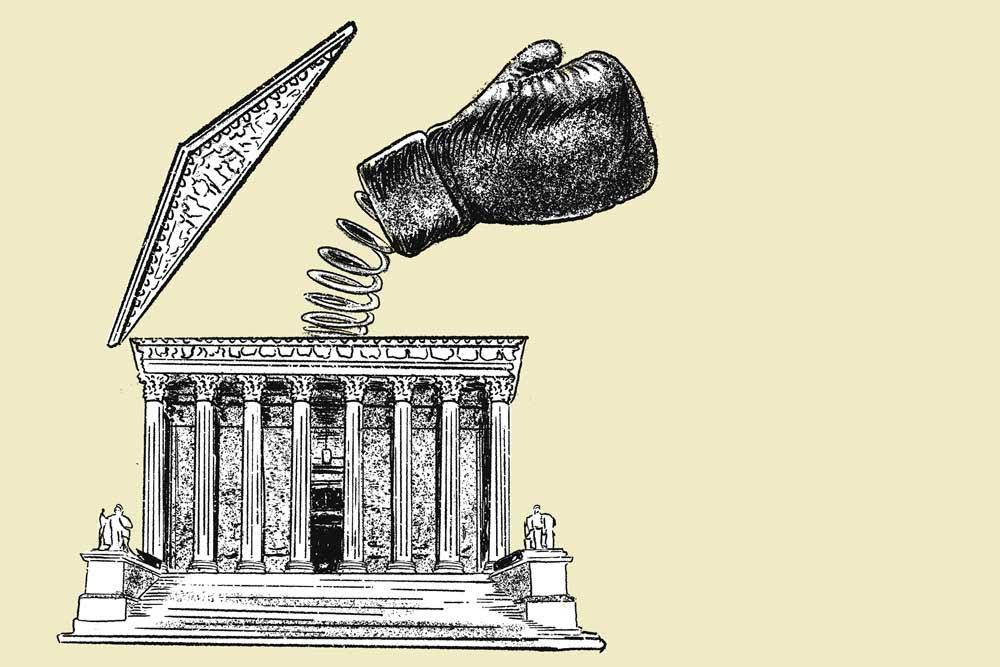 Epic Criminal / Civil Right$ SCOTUS Help – Click Here
Epic Criminal / Civil Right$ SCOTUS Help – Click Here
 Epic Parents SCOTUS Ruling – Parental Right$ Help – Click Here
Epic Parents SCOTUS Ruling – Parental Right$ Help – Click Here
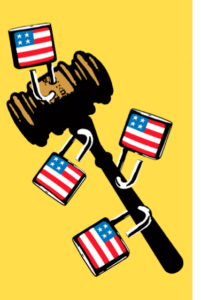 Judge’s & Prosecutor’s Jurisdiction– SCOTUS RULINGS on
Judge’s & Prosecutor’s Jurisdiction– SCOTUS RULINGS on
 Prosecutional Misconduct – SCOTUS Rulings re: Prosecutors
Prosecutional Misconduct – SCOTUS Rulings re: Prosecutors
Family Treatment Court Best Practice Standards
Download Here this Recommended Citation
Please take time to learn new UPCOMING
The PROPOSED Parental Rights Amendment
to the US CONSTITUTION Click Here to visit their site
The proposed Parental Rights Amendment will specifically add parental rights in the text of the U.S. Constitution, protecting these rights for both current and future generations.
The Parental Rights Amendment is currently in the U.S. Senate, and is being introduced in the U.S. House.
